CARING WITH FAMILY
|
| The level of affection a breed displays towards family members or familiar people can vary. Some breeds are known for being extremely affectionate and loving towards their family members, showering them with affection and loyalty. These breeds enjoy being close to their loved ones and often seek physical contact such as cuddling and leaning against their owners. They tend to form strong attachments and consider their family members as their closest companions and best friends. |
LOVE WITH CHILDREN
Unwise
Good With Children
|
| The level of tolerance and patience a breed exhibits towards children can vary. Some breeds are known for their natural affinity towards children and their family-friendly nature. These breeds tend to be gentle patient and tolerant of children's behavior making them great companions and playmates for kids. They often enjoy the company of children and actively seek interactions with them. |
BEHAVIOR WITH DOGS
Unwise
Good With Other Dogs
|
| The general friendliness of a breed towards other dogs can vary. Some breeds are naturally more sociable and tend to get along well with other dogs, both in their home environment and in public settings. These breeds have a friendly and amiable nature often displaying good social skills and a willingness to engage in positive interactions with other dogs. |
SHEDDING LEVELS & MANAGEMENT
No Shedding
Hair Everywhere
|
| The amount of fur and hair a breed leaves behind can vary significantly. Some breeds have minimal shedding and tend to leave less hair around the house. These breeds often have hair that grows continuously instead of shedding, requiring regular grooming to prevent excessive matting or tangling. |
COAT GROOMING STANDARDS
|
| The grooming requirements and frequency for coat maintenance can vary significantly depending on the breed. Some breeds have low-maintenance coats that require minimal grooming, while others require more frequent and intensive grooming sessions. It's important to consider your available time, patience, and budget for grooming when choosing a breed. Bathing frequency varies depending on the breed's coat type, activity level, and lifestyle. Some breeds may only need bathing every few months, while others may require more frequent bathing due to their coat texture or tendency to get dirty easily. It's important to use a dog-specific shampoo that is suited for their coat type and avoid over-bathing, as it can strip their coat of essential oils. Brushing needs also differ among breeds. Breeds with longer or thicker coats generally require more frequent brushing to prevent matting, tangled hair, and remove loose fur. Regular brushing helps distribute natural oils, keeps the coat healthy and |
DROOLING INTENSITY
Less Likely to Drool
Always Have a Towel
|
| Ver-bathing, as it can strip their coat of essential oils. Brushing needs also differ among breeds. Breeds with longer or thicker coats generally require more frequent brushing to prevent matting, tangled hair, and remove loose fur. Regular brushing helps distribute natural oils, keeps the coat healthy and reduces shedding. Short-haired or smooth-coated breeds The grooming requirements and frequency for coat maintenance can vary significantly depending on the breed. Some breeds have low-maintenance coats that require minimal grooming, while others require more frequent and intensive grooming sessions. It's important to consider your available time, patience, and budget for grooming when choosing a breed. Bathing frequency varies depending on the breed's coat type, activity level, and lifestyle. Some breeds may only need bathing every few months, while others may require more frequent bathing due to their coat texture or tendency to get dirty easily. It's important to use a dog-specific |
COAT STYLES GUIDE |
| Smooth |
| COAT SPECTRUM |
| Short |
FRIENDLINESS
Reserved
Everyone Is My Best Friend
|
| The level of welcoming behavior a breed shows towards strangers can vary. Certain breeds may be reserved or cautious around all strangers regardless of the setting. On the other hand, some breeds tend to be generally happy and open to meeting new humans whenever the opportunity arises. It is important to consider a breed's natural disposition towards strangers when choosing a dog based on your own preferences and the type of social interactions you desire in your furry companion. |
LIVELINESS
Only When You Want To Play
Non-Stop
|
| The level of enthusiasm for play can vary among breeds, even as they transition past puppyhood. Some breeds possess a high degree of playfulness and remain enthusiastic about games like tug-of-war or fetch well into their adult years. They have a natural inclination to engage in active play and enjoy interactive activities with their owners. On the other hand, certain breeds may be more inclined to relax on the couch and exhibit a lower desire for vigorous play as they age. It is important to consider your own activity level and preferences when choosing a breed that matches your desired playtime dynamics. |
VIGILANCE INTENSITY
What's Mine Is Yours
Vigilant
|
| Some breeds have a higher tendency to alert their owners when strangers are present. These breeds are more likely to react to any potential threats, such as the arrival of the mailman or the presence of a squirrel outside the window. They can be quite vigilant in alerting their owners to perceived intruders or unusual activities. However, it's important to note that these breeds can warm up to strangers who are accepted by their family and allowed into the house. |
ADAPTATION CAPACITY
Lives For Routine
Highly Adaptable
|
| The adaptability of a breed to handle change can vary. Some breeds are naturally more adaptable and flexible when it comes to changes in living conditions, noise levels, weather, and daily schedules. These breeds tend to adjust well to varying environments and are more resilient in dealing with new situations. However, there are breeds that may be more sensitive to changes and may require more time and patience to adapt. When considering a breed, it's important to assess your own lifestyle and the level of change that may be present in your day-to-day life to find a compatible match. |
OBEDIENCE LEVEL
Self-Willed
Eager to Please
|
| The ease of training and willingness to learn new things can vary greatly among breeds. Some breeds are known for their high trainability and eagerness to please their owner. They are quick learners and are motivated to make their owner proud. These breeds often excel in obedience training and are open to mastering new commands and tricks. However, there are breeds that may be more independent-minded and may require more patience and consistent training methods. These breeds may prioritize their own desires and may need additional motivation to engage in training. When selecting a breed, it is important to consider your training goals, experience, and the level of effort you are willing to invest in training and shaping your dog's behavior. |
STAMINA LEVEL
|
| The amount of exercise and mental stimulation a breed needs can vary significantly. High-energy breeds typically require substantial amounts of physical exercise and mental stimulation to be content and to prevent boredom-related behavioral issues. They have a strong desire to run, jump, and engage in vigorous activities throughout the day. Regular exercise, such as walks, runs, play sessions, or interactive games, is essential to meet the needs of these breeds. On the other hand, low-energy breeds have a more relaxed and laid-back nature. They are typically content with moderate exercise and enjoy spending more time lounging and resting. While they still require regular exercise to maintain their overall health, their exercise needs are generally less demanding compared to high-energy breeds. Mental stimulation in the form of puzzle toys, training sessions, or interactive play can also help keep them mentally engaged. |
VOCALIZATION
|
| When Necessary |
LEARNING CURIOSITY LEVEL
Happy to Lounge
Needs a Job or Activity
|
| The frequency at which this breed produces vocal sounds, be it through barking or howling varies. While certain breeds tend to bark at any passer-by or bird by the window, others limit their barking to specific situations. Moreover, even barkless breeds can still communicate vocally using alternative sounds. |
| COLORS |
|
Description
|
Registration Code
|
|
White & Fawn
|
207
|
|
| PATTERNS |
|
Description
|
Registration Code
|
|
Patched & Ticked
|
068
|
|



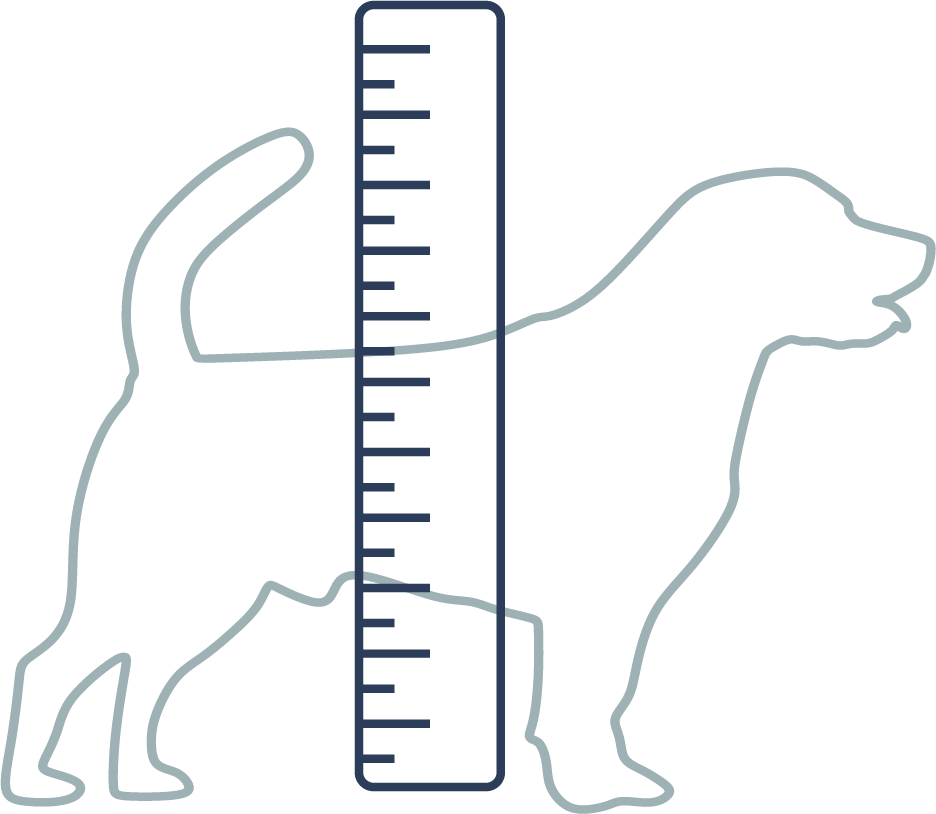


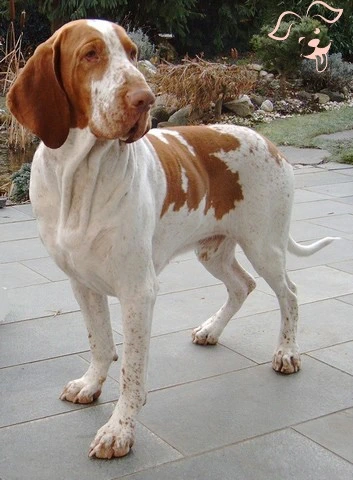
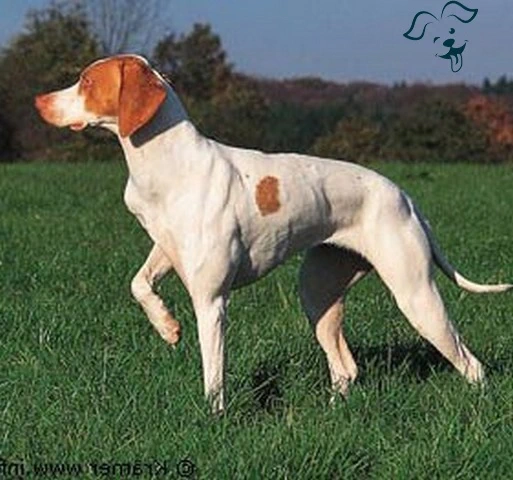
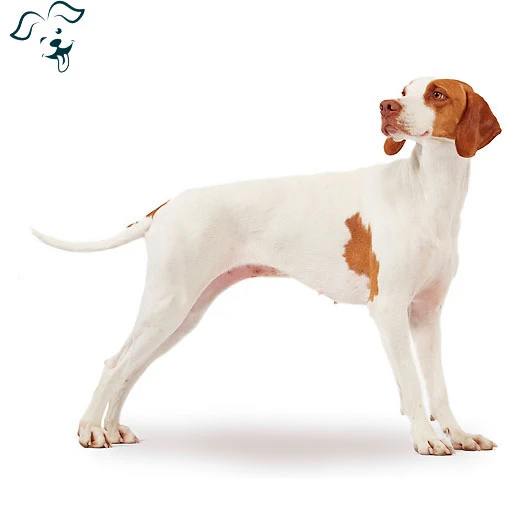
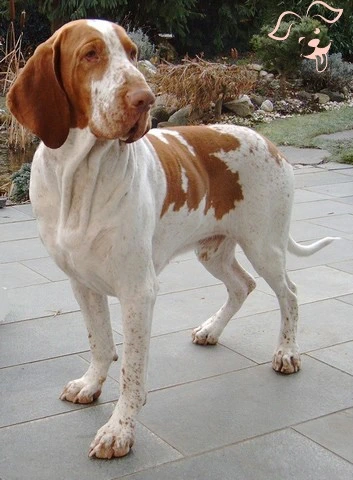






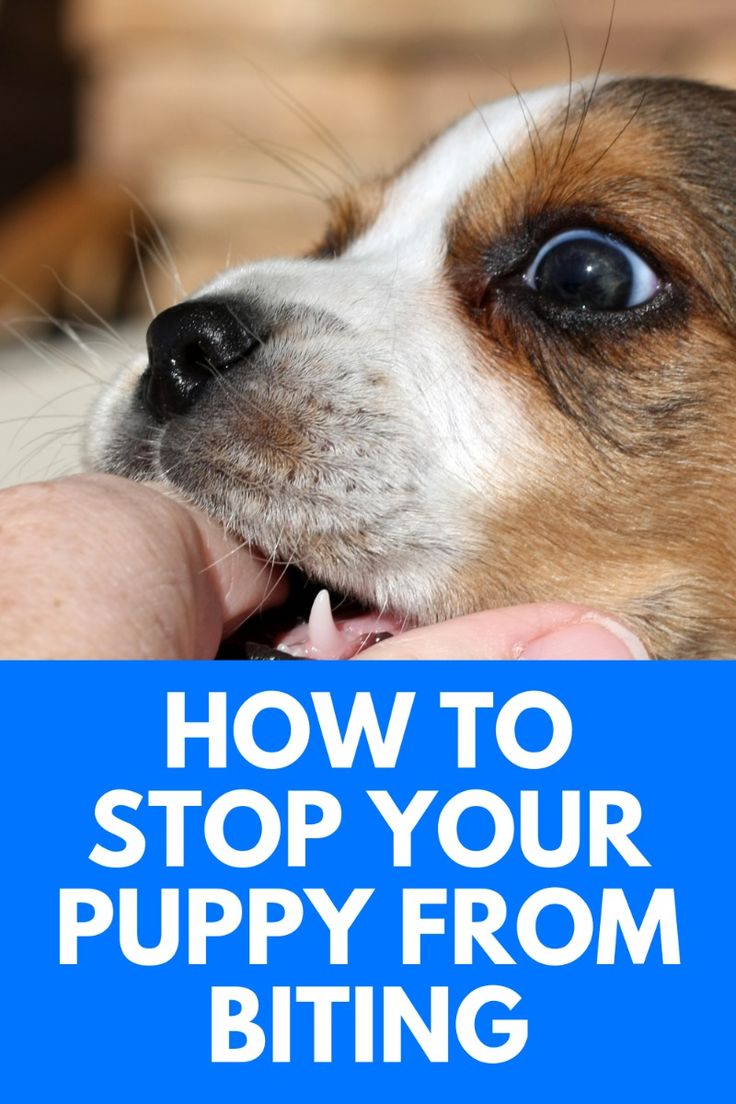


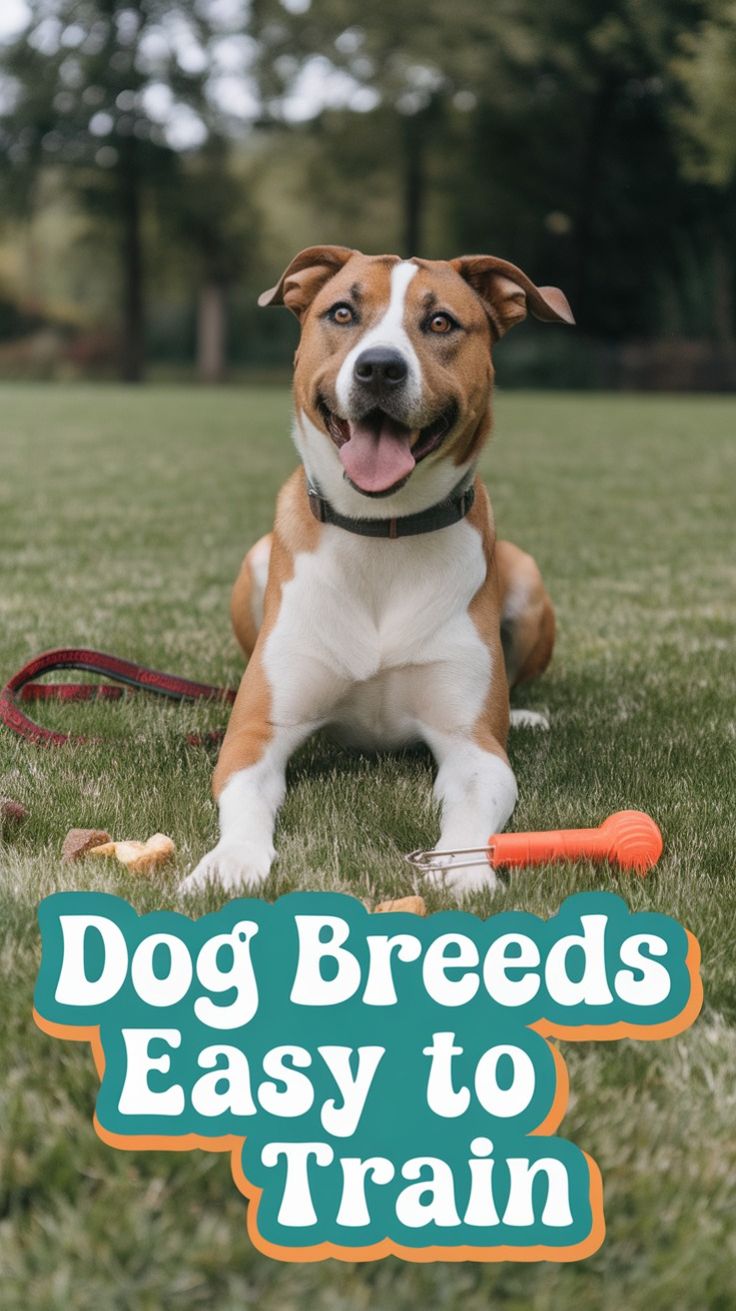
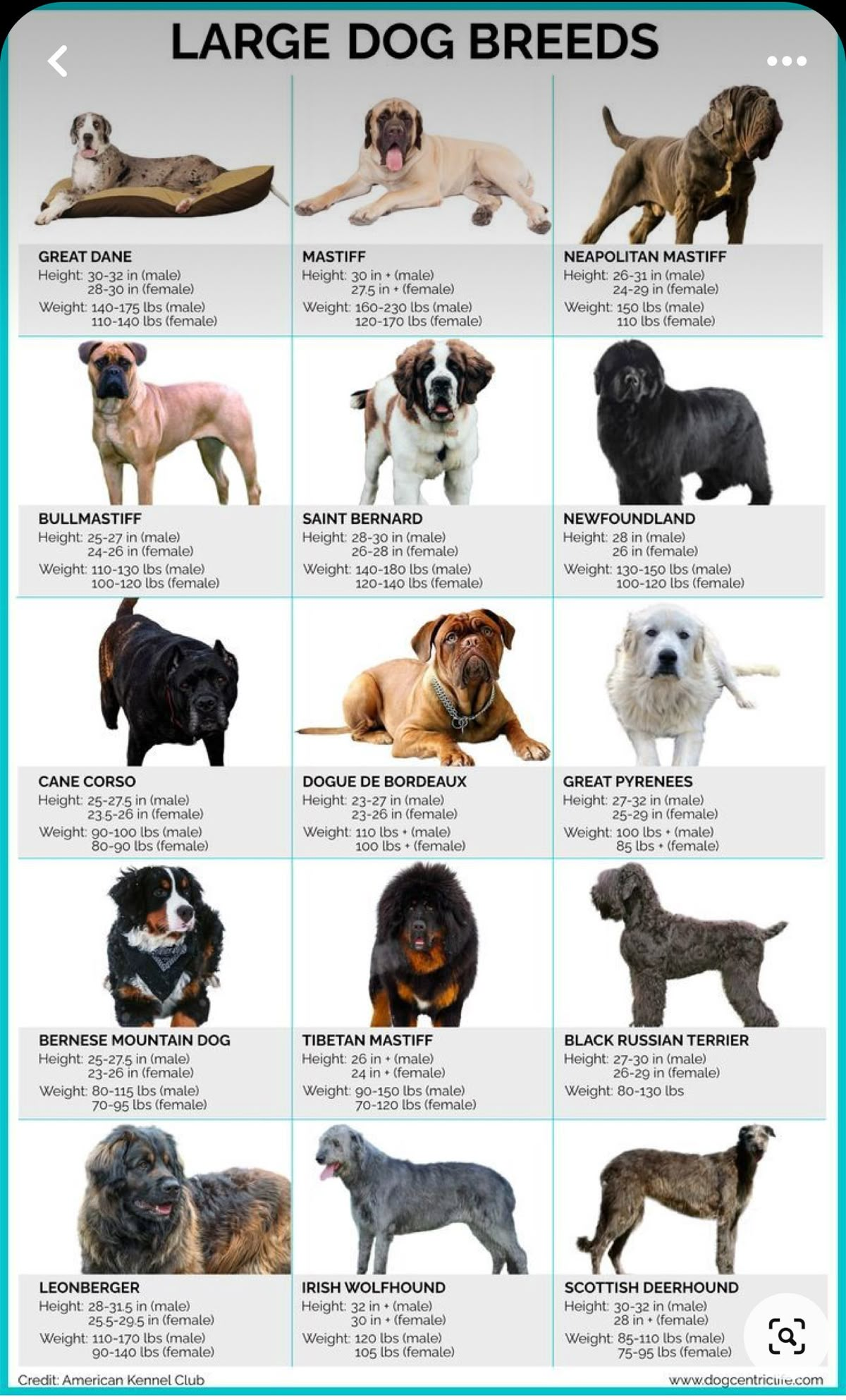

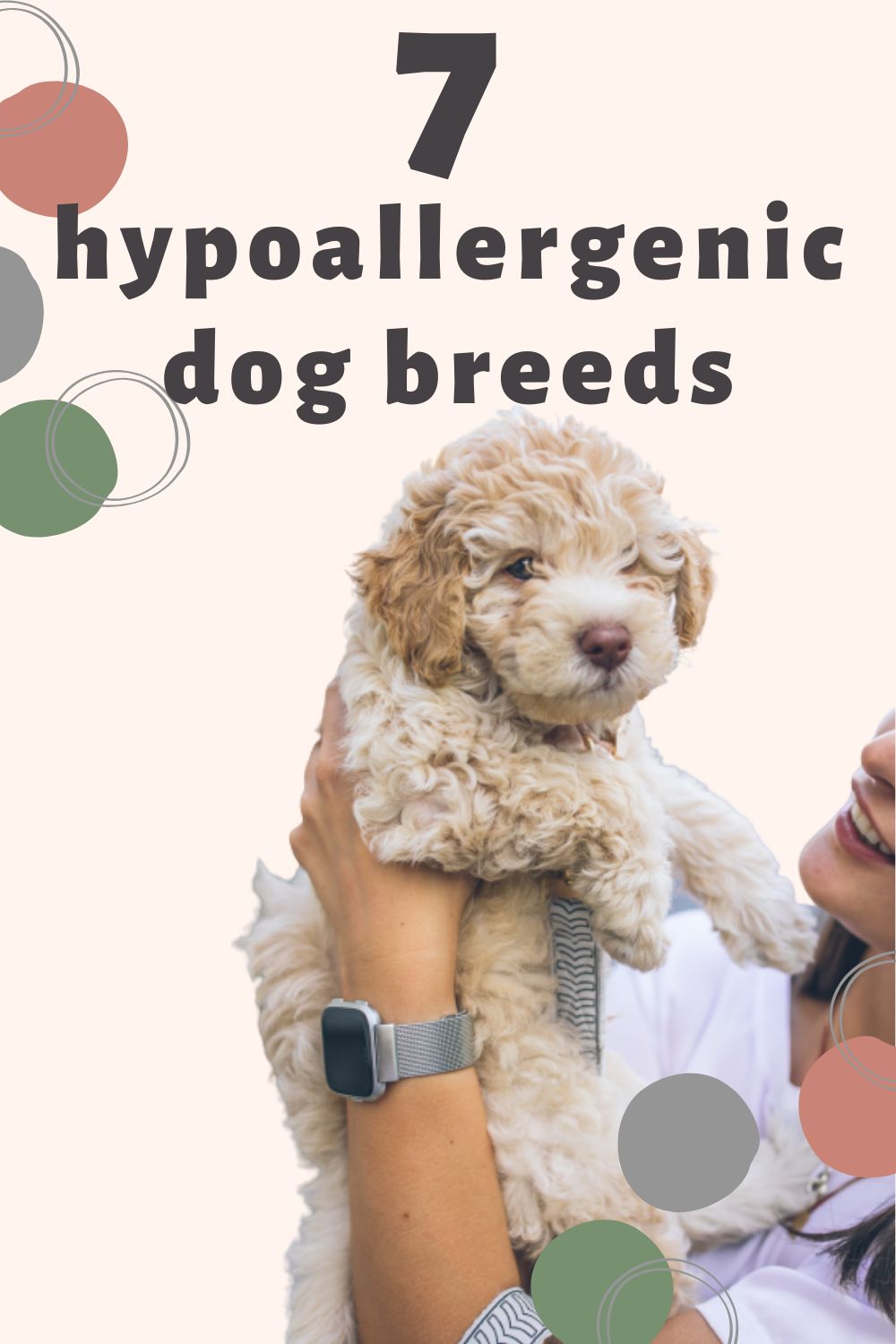




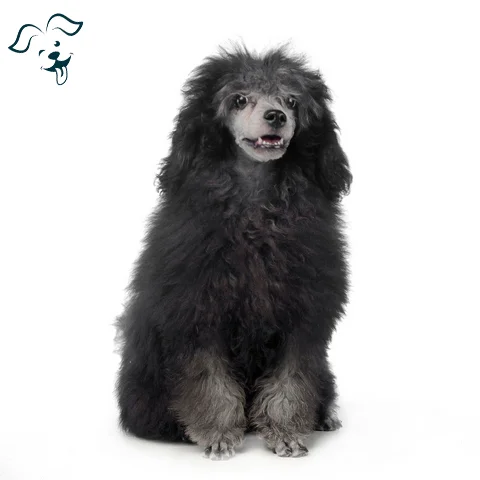

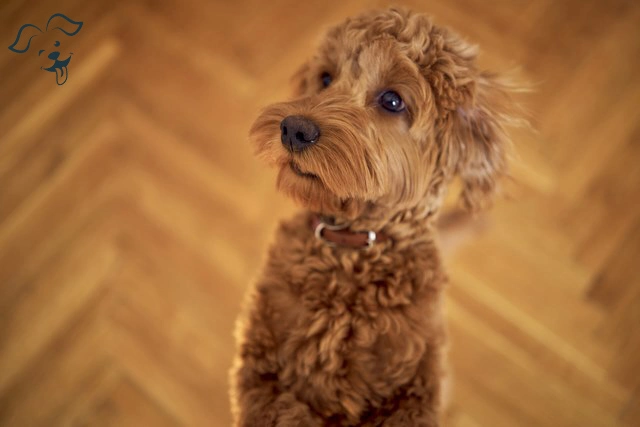
FRIENDLINESS
LIVELINESS
VIGILANCE INTENSITY
ADAPTATION CAPACITY